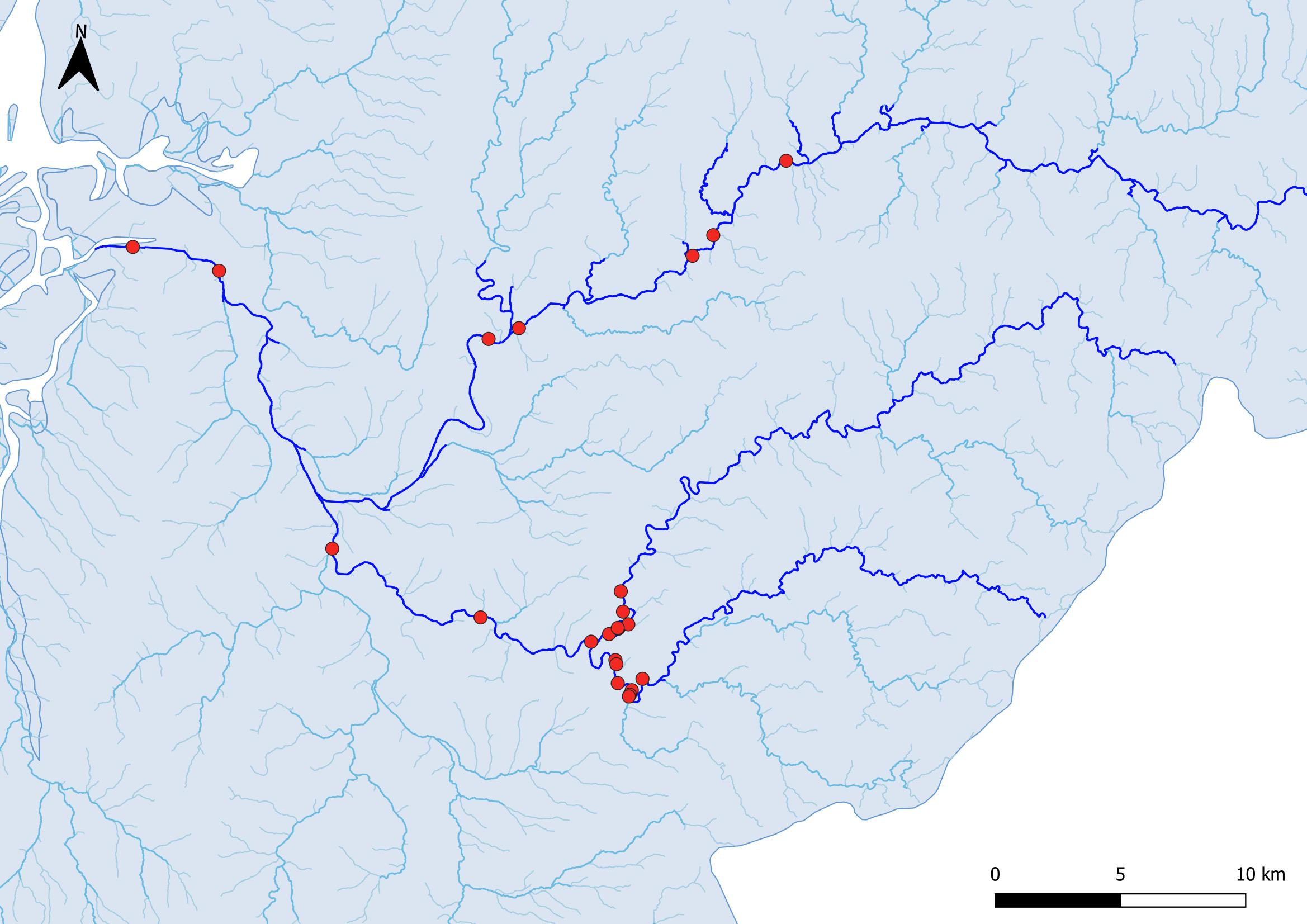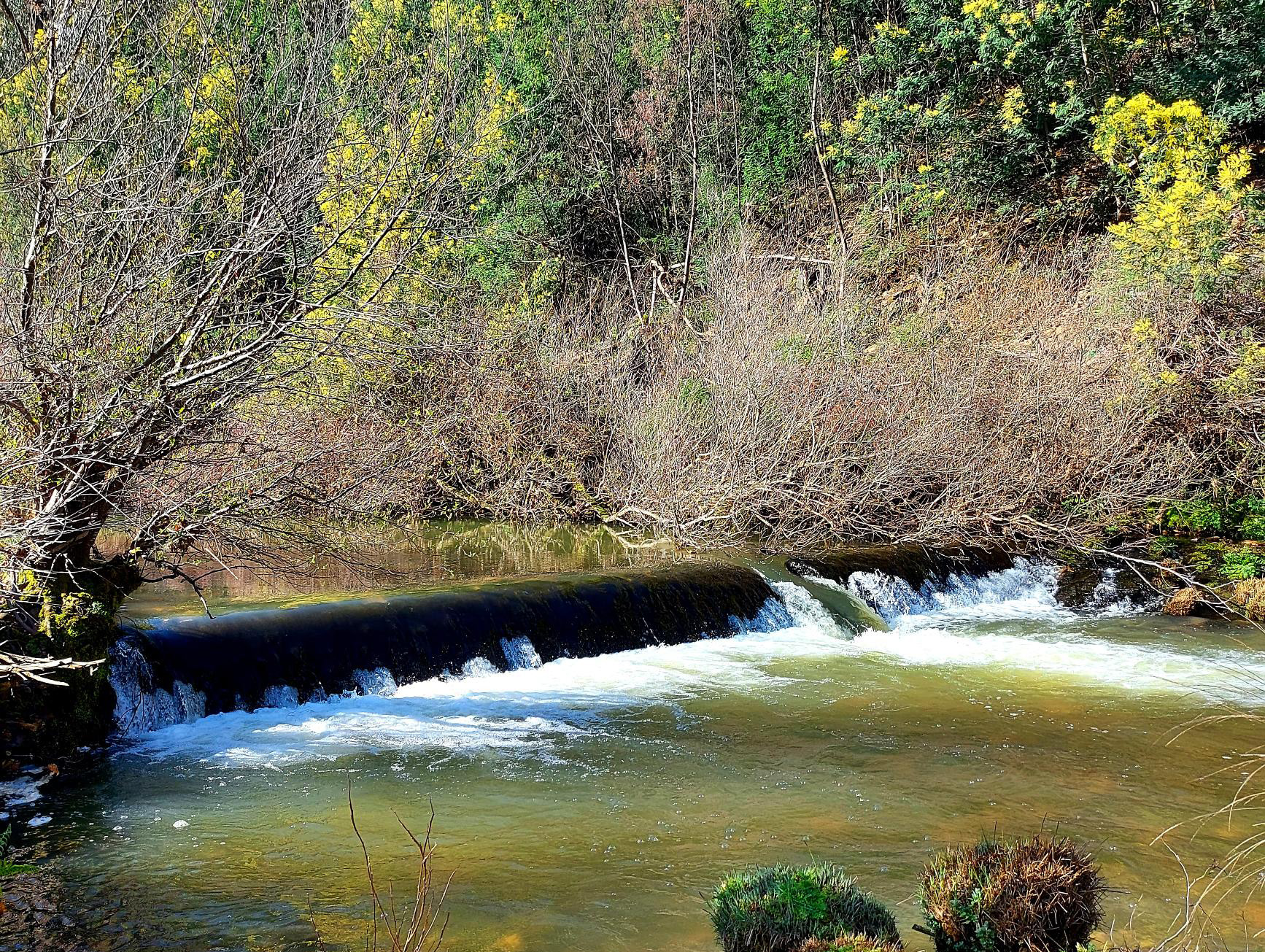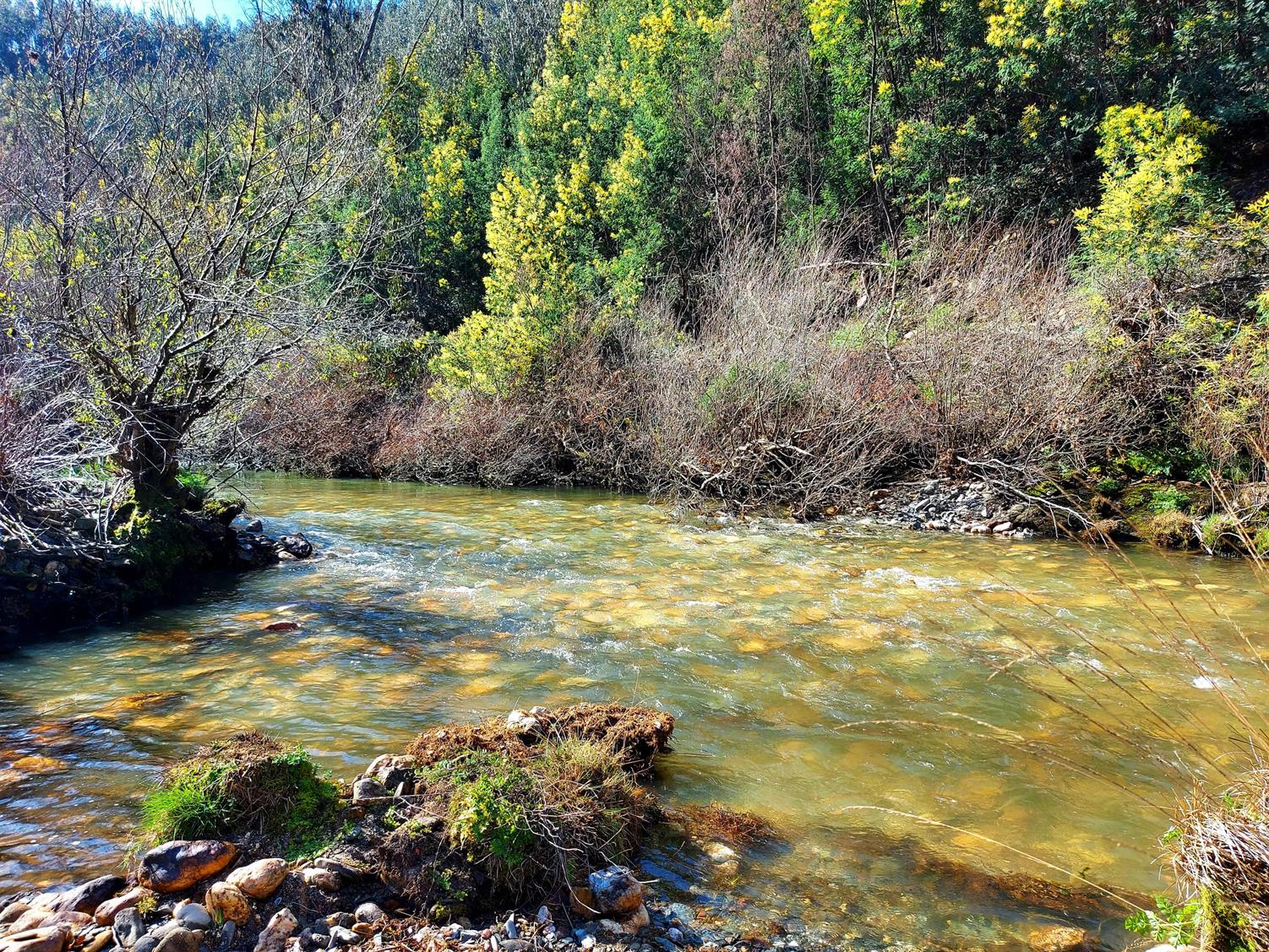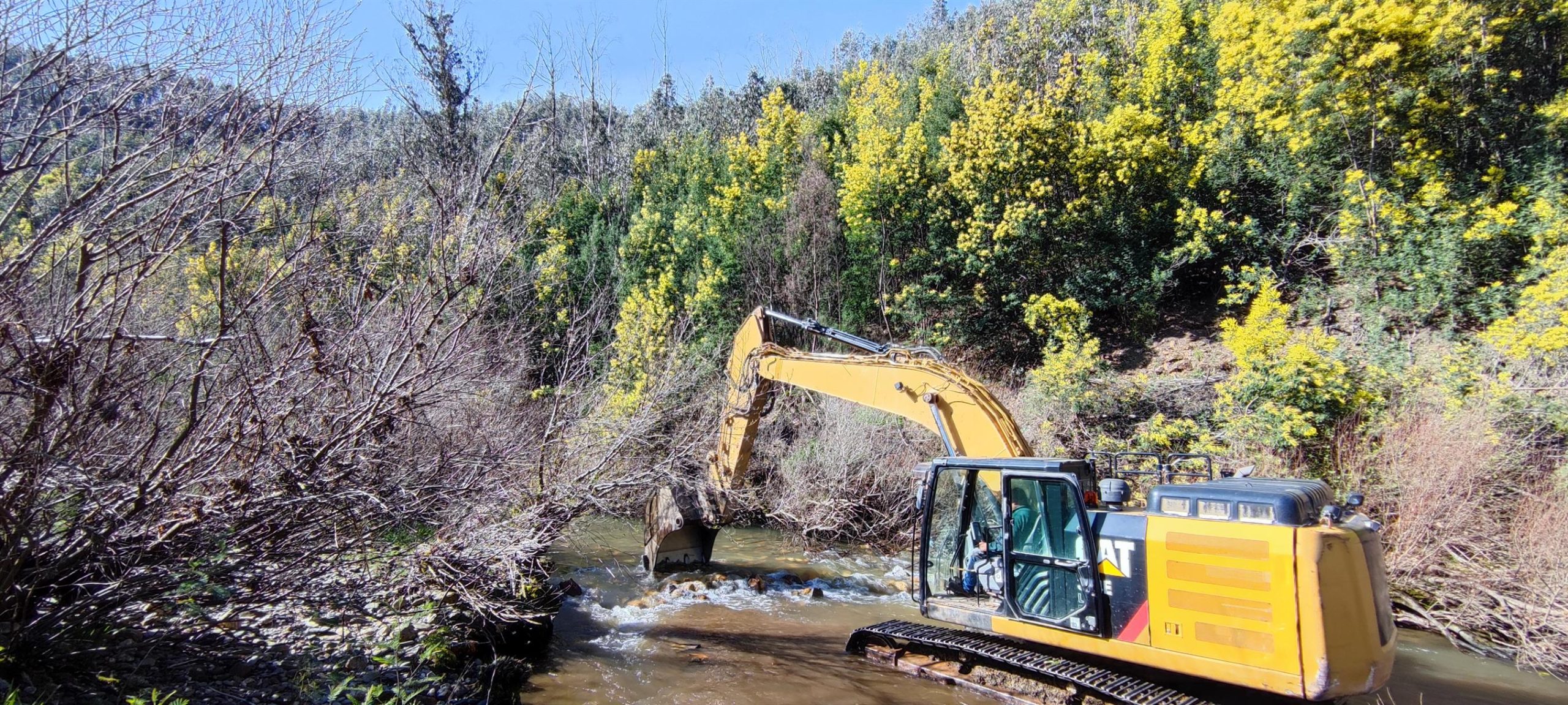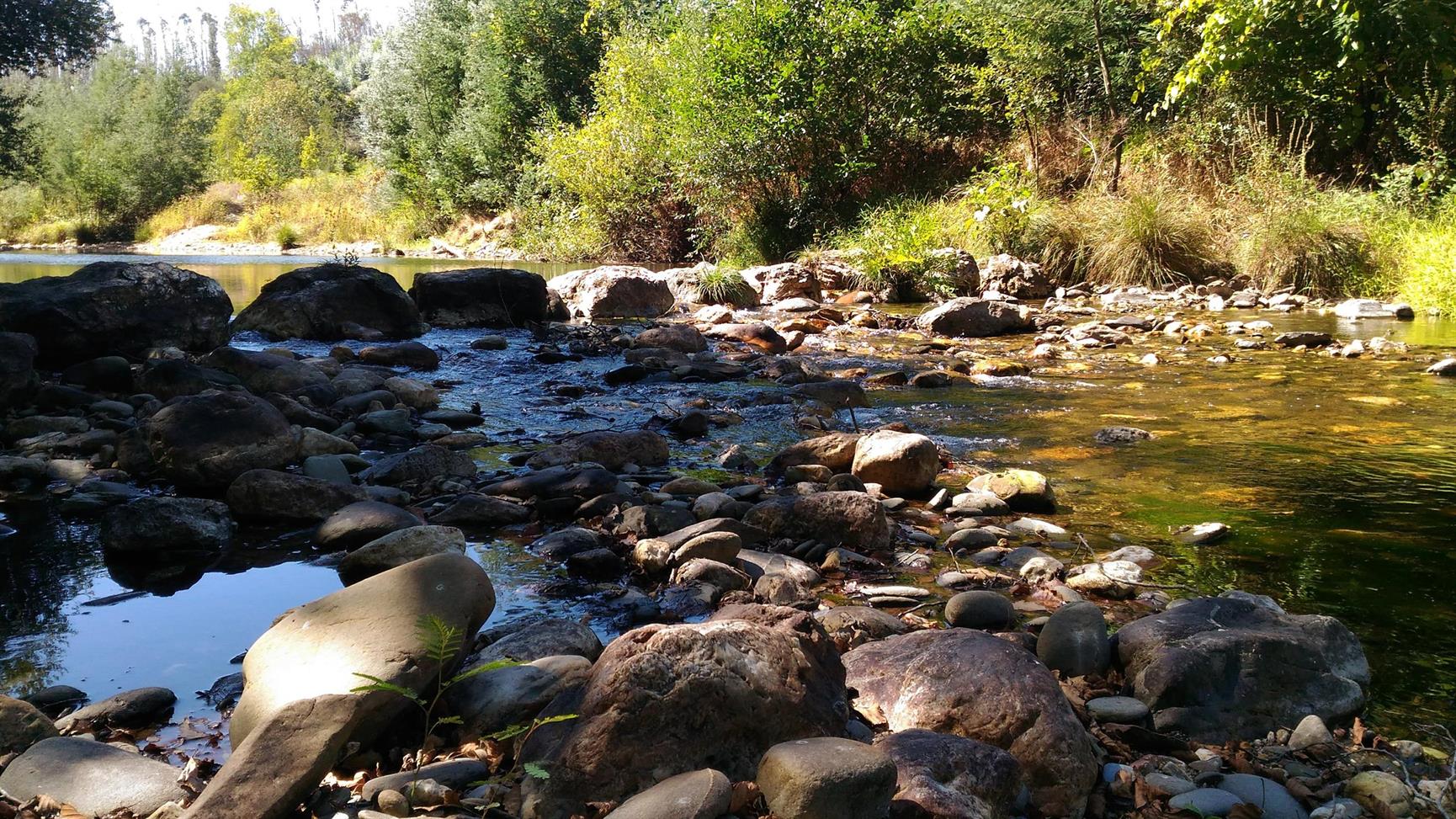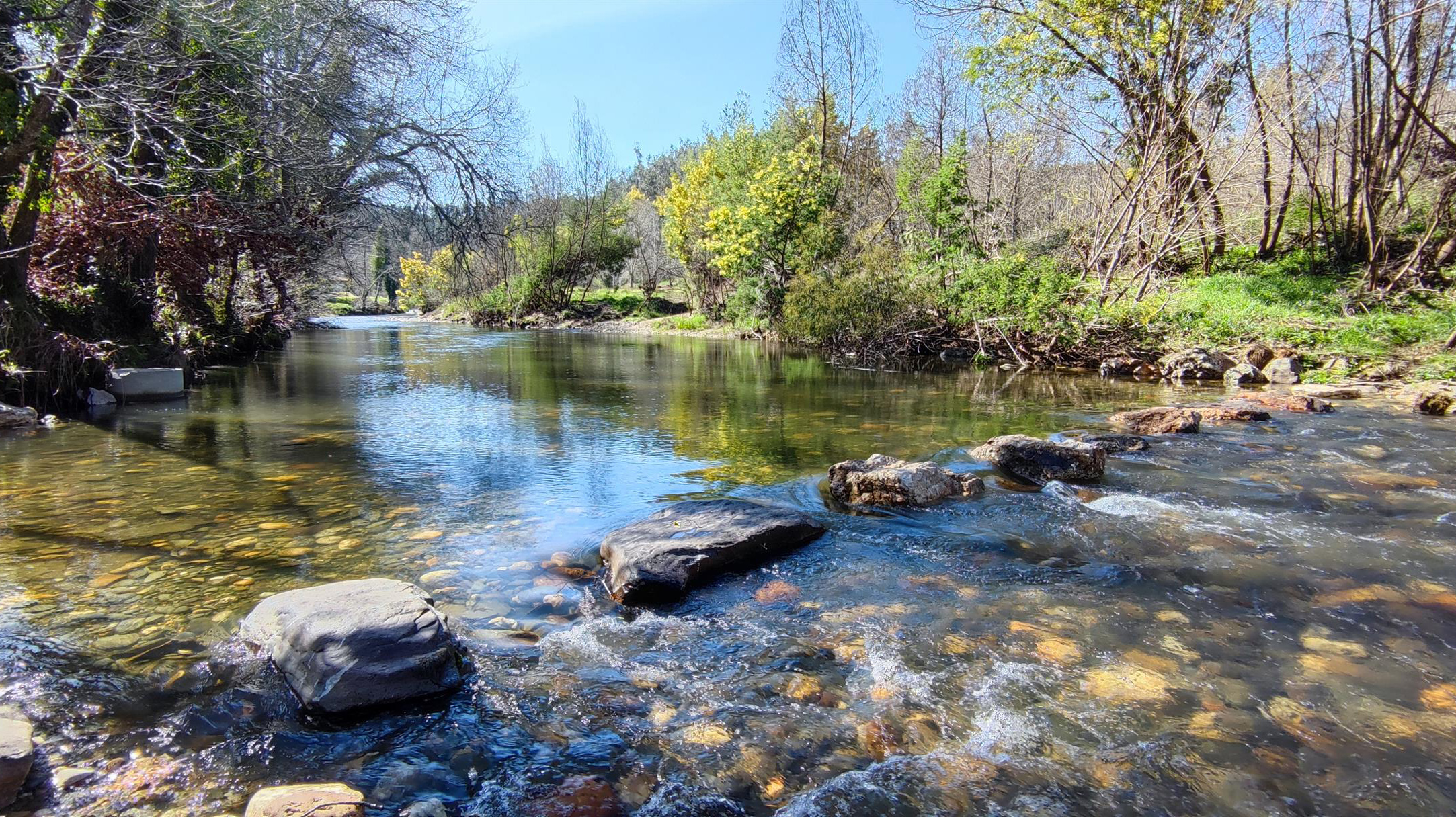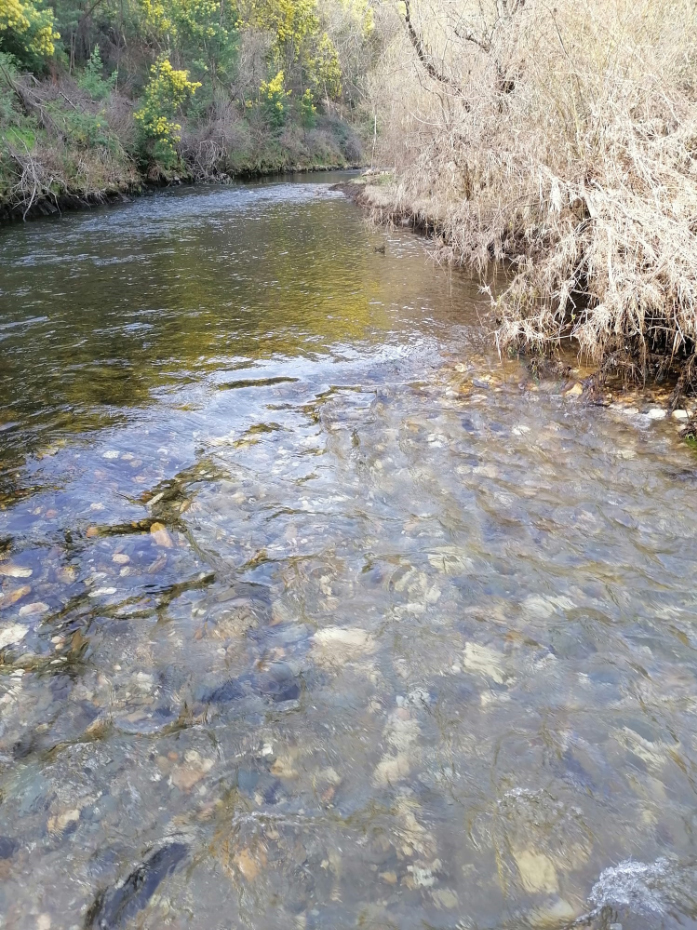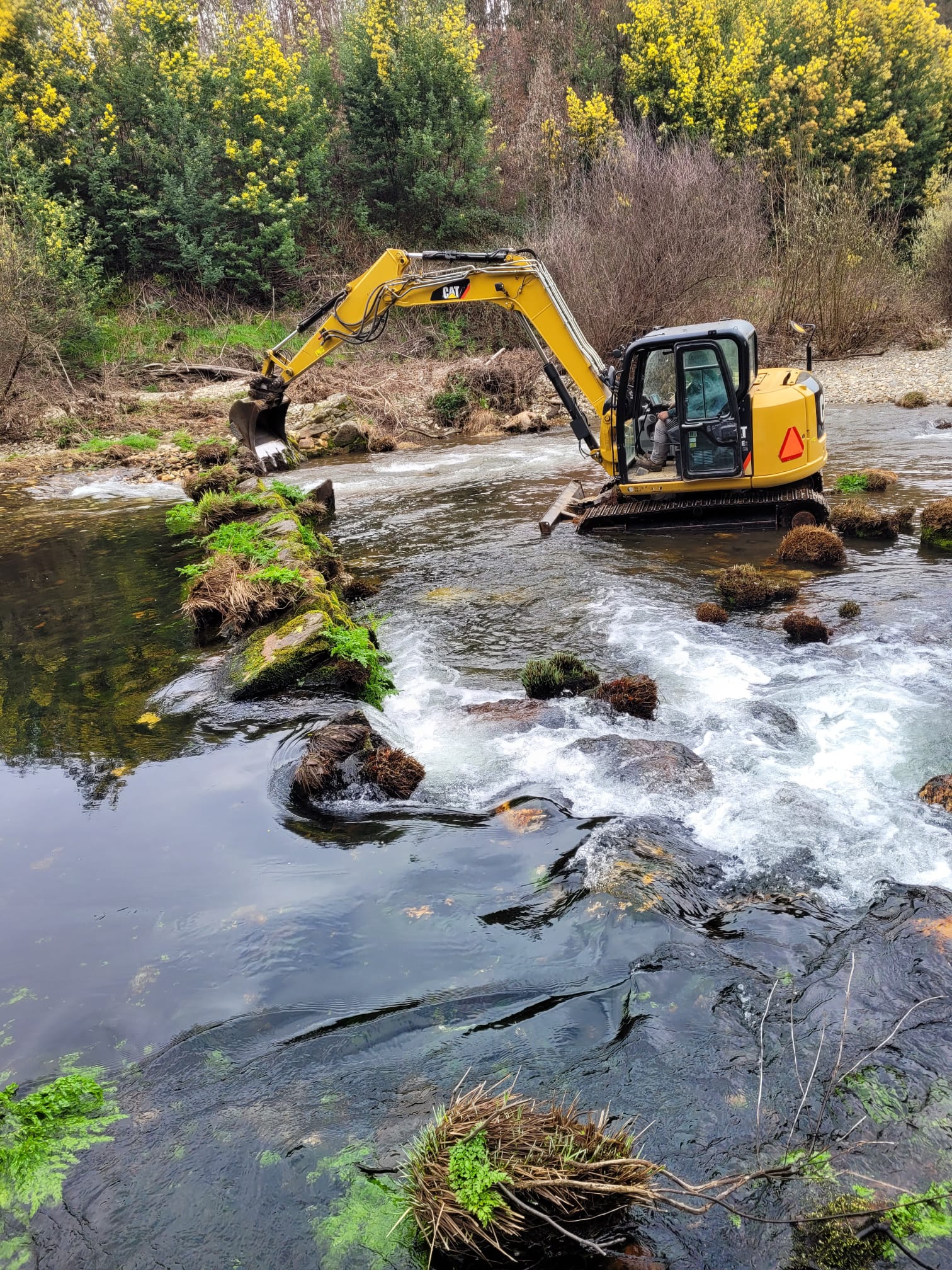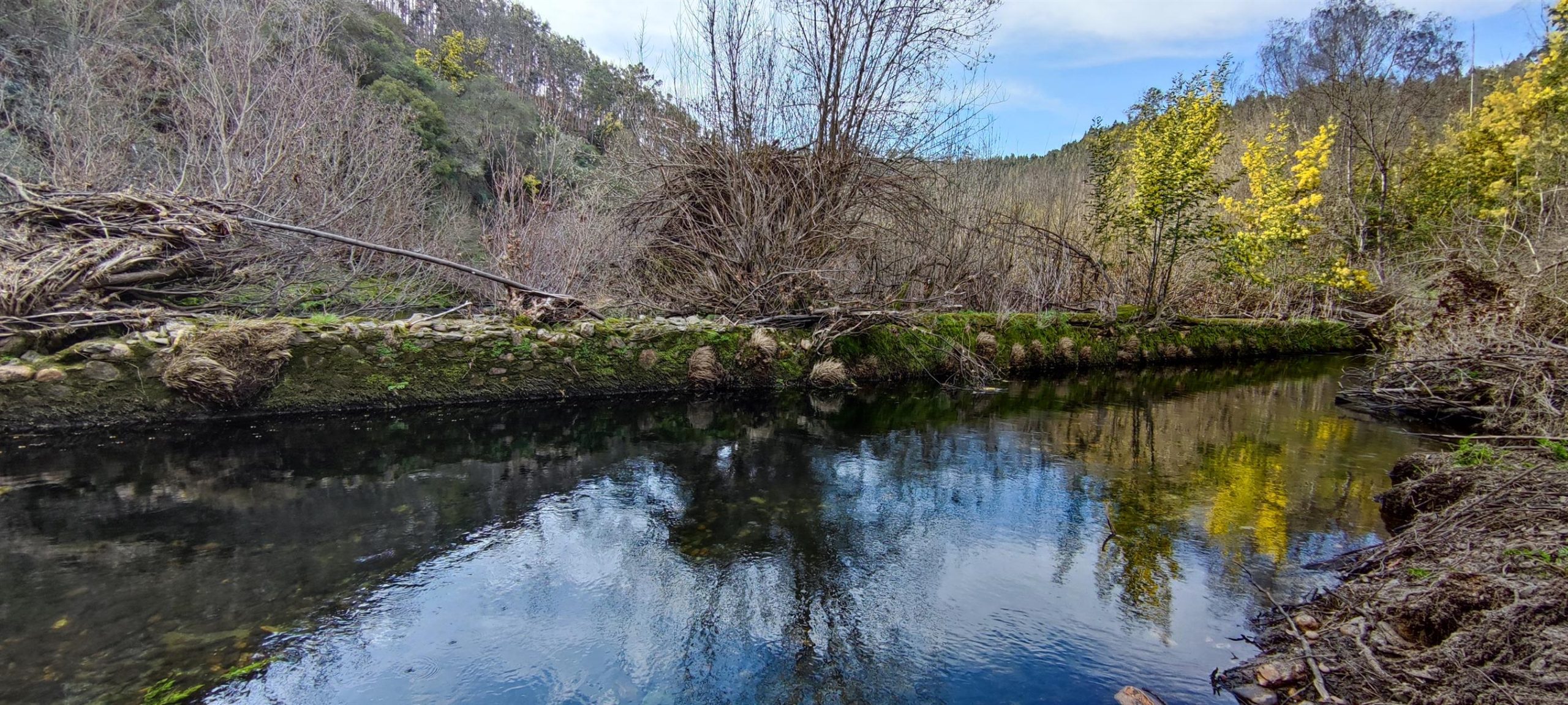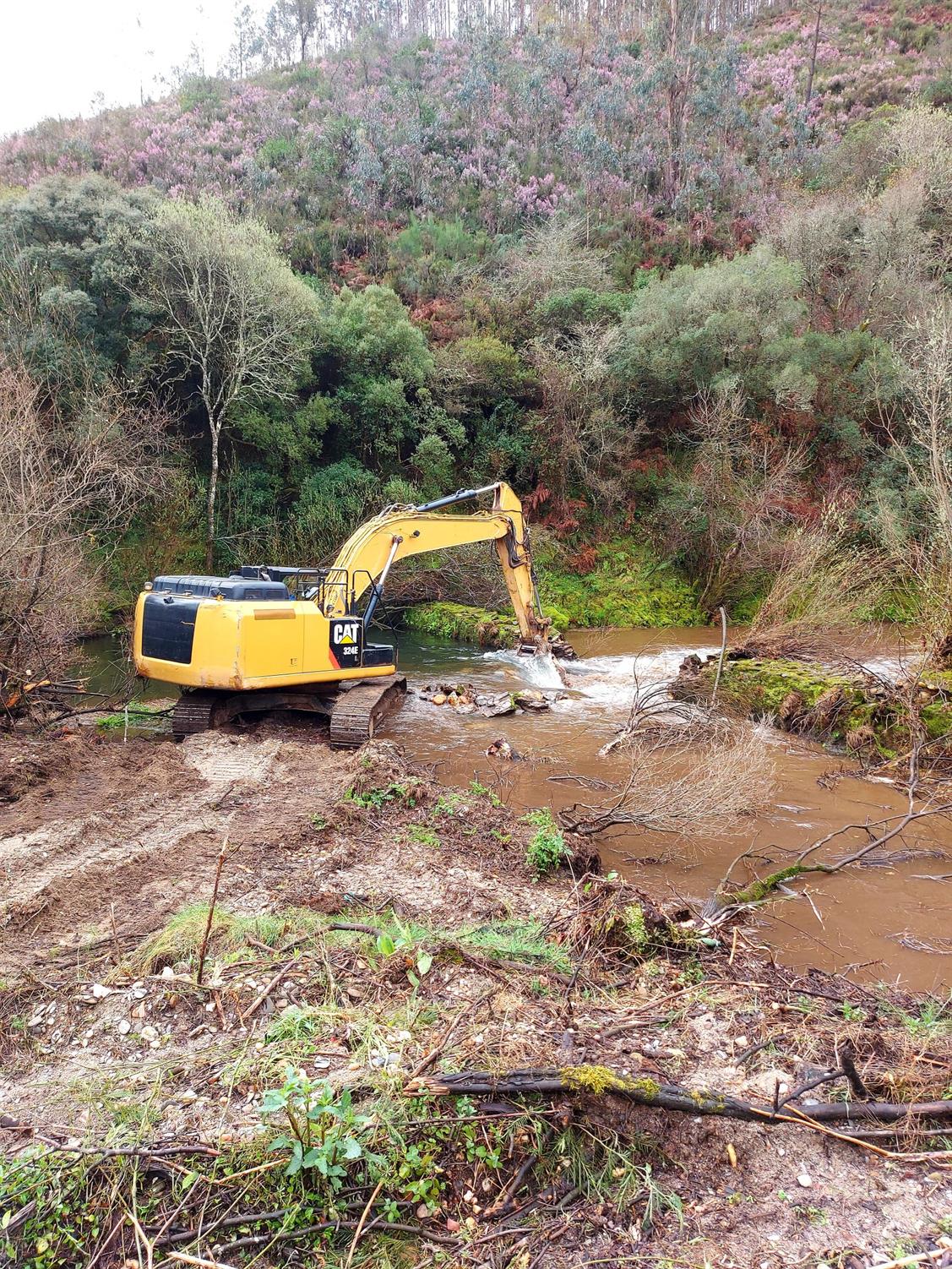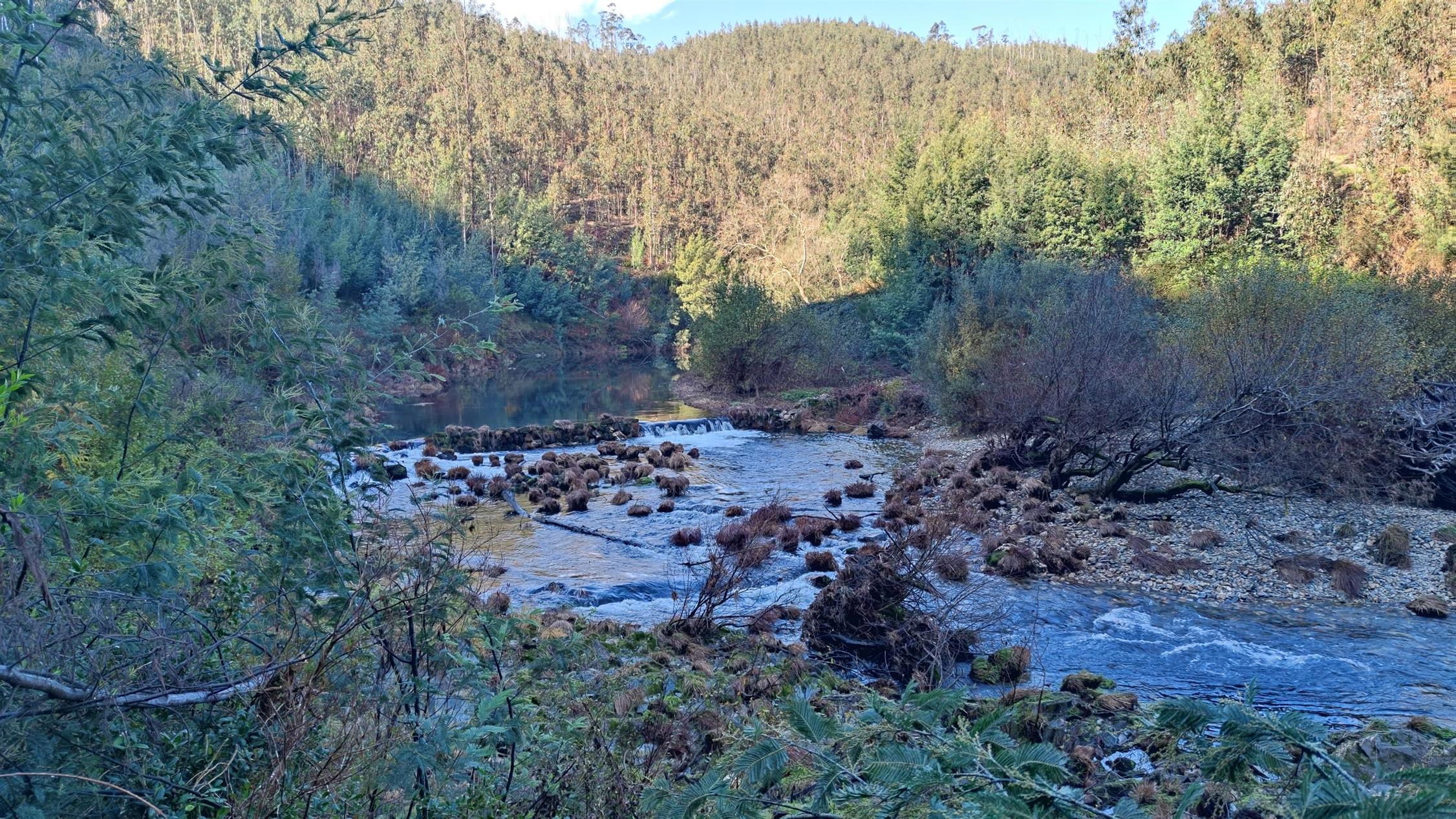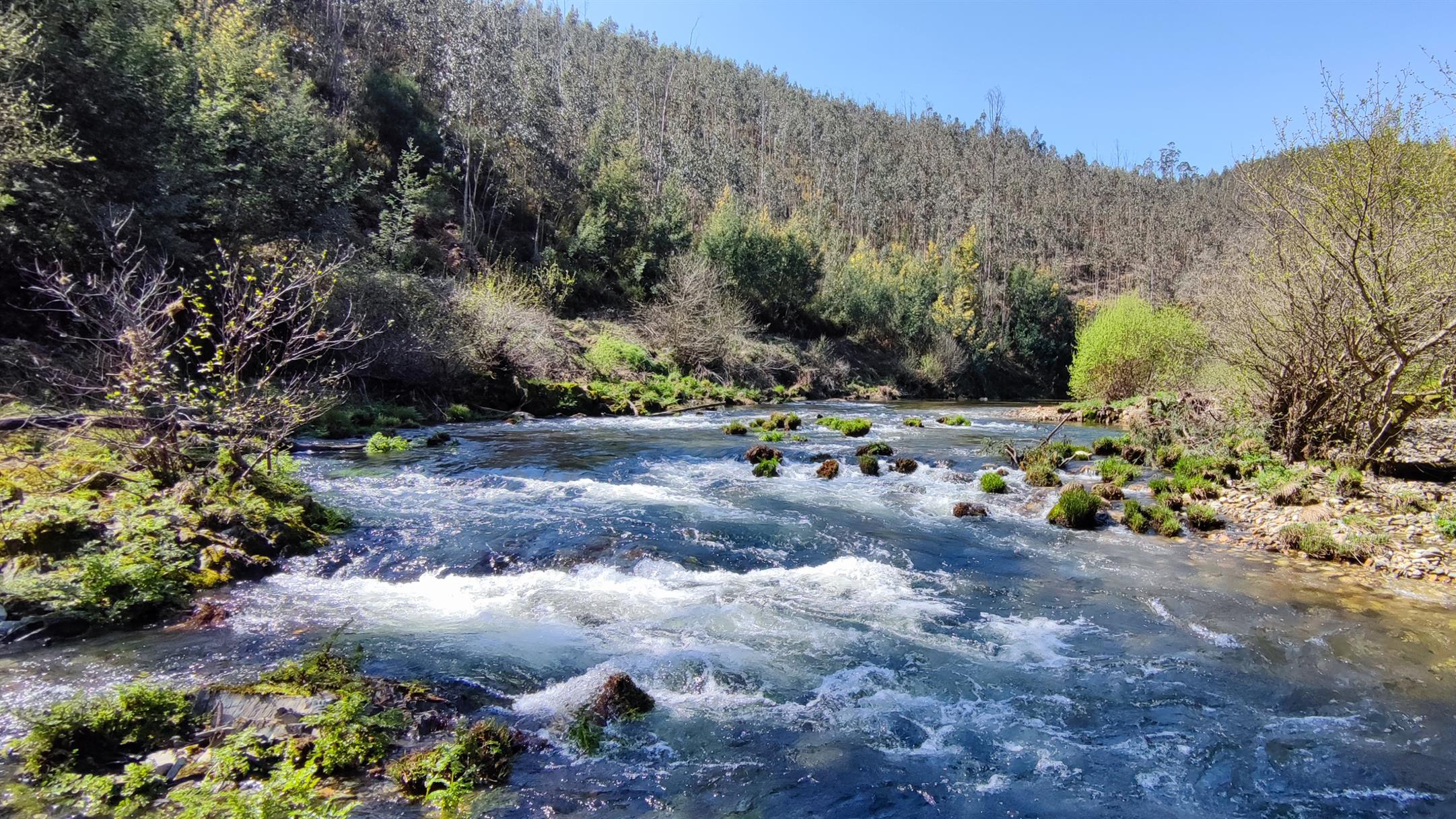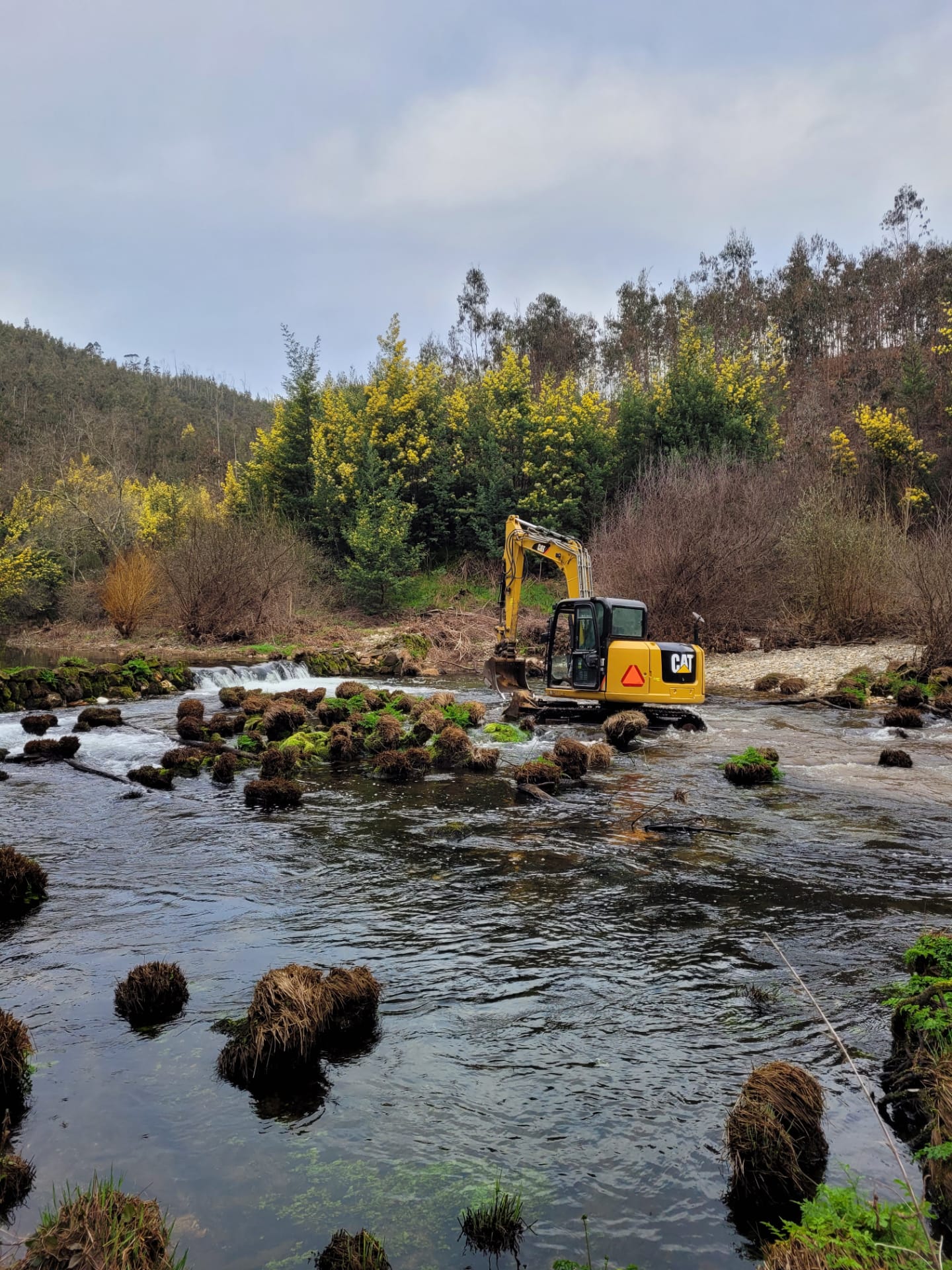Multiple barrier removals restore longitudinal connectivity of Águeda and Alfusqueiro rivers
River Vouga basin, Águeda and Alfusqueiro rivers
River Vouga springs from the Lapa Mountain in north-central Portugal at 930 m altitude and has a drainage area of 3635 km2 (Fig. 1). It runs for 148 km before flowing into the Atlantic Ocean through the Ria de Aveiro. Its basin is located between latitude 40° 15′ and 40° 57′ N and longitude 07° 33′ and 08° 48′ W, with a dominant E-W orientation. The main tributaries of River Vouga are Sul, Caima, Antuã and Águeda rivers. The latter springs from the Caramulo mountain, it has a basin of 971.8 km² and runs for ~40 km² before its confluence with River Vouga at Eirol (Fig. 1). It has two main tributaries, rivers Cértima and Alfusqueiro. The latter also springs from Caramulo, in the municipality of Vouzela, flows for 49.3 km before meeting River Águeda in the Bolfiar area and it has a catchment area of 204.8 km².




